SHAH ALAM: AS we were busy with DSA 2016, a report came out during the week stating that the Philippines is getting a manned MPA palletised ISR kit from the US. The ISR kit is one of the four separate projects funded by the Pentagon’s Maritime Security Initiative (MSI) this year for the Philippines, costing nearly US$42 million.
The ISR kit alone cost only US$8.7 million (see the story below). The amount of kit given to the Philippines is 85 per cent of the total of funds (US$50 million) provided for the MSI in 2016 for five countries including Malaysia.
Malaysia obtained a total of US$2.3 million – mainly for communication gear and upgrades to command and control centres. It must be noted that the amount of funding and the type of equipment provided under the MSI is based on the requirements of the respective nations after consultations with the programme manager.
So if we were to request for US$1 million worth of kit from the list provided to us, it is likely we will get them. The list of equipment offered may well be worth ten times more however!
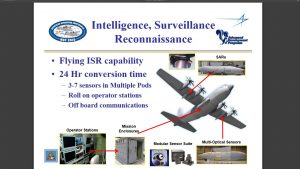
From USNI news.
“SPAWAR will outfit Malaysia with $1.2 million in secure communications and an expanded Malaysia Armed Forces (MAF) common operating picture to connect the Royal Malaysian Flight Operations Center, Operational Forces, and MAF headquarters. MAF leaders also requested that the system be installed at the Royal Malaysian Navy’s Fleet Headquarters at Lumut Naval Base, and that five mobile kits be provided to bring on ships during operations and exercises. Overall operations center upgrades, including contributions from PACFLEET and the Air Force, total $2.3 million.
U.S. Marine Forces Pacific will assign an officer to advice MAF for five months under the MSI 2016 program. Malaysia does not have a Marine Corps and wishes to develop amphibious, littoral and coastal defense capabilities for use in the Eastern Sabah Security Zone, which was attacked by gunmen in 2013. Air, land and maritime defense capabilities in that region have been beefed up in the years since the attack.
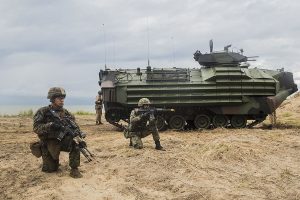
The Marine advisor will help expand a current exercise in Malaysia, Malus Amphex, into a multilateral exercise, and will help plan additional East Sabah amphibious exercises.”
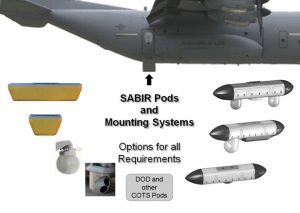
It is unlikely though at the moment at least we will be able to request more funding using the MSI as the government can ill afford to offend China. However it will be less controversial if we were to obtained the same ISR capability for the Hercules using our own funds.
Anyhow posted below is the list of things the Philippines are getting. The most interesting is of course the palletised ISR kit. Yes, it maybe a low end solution compared to the platforms we have been offered but it will allow us to use our fleet of C130 Hercules for the MPA role without using the crews’ Mark 1 eyeballs.
As the story did not named the maker of the ISR kit given to the Philippines, I used both the Lockheed Martin and Airdyne Aerospace ones. Based on the pictures, I am guessing that the Airdyne Aerospace kit is more affordable. A good thing if we need to buy them using our own funds.
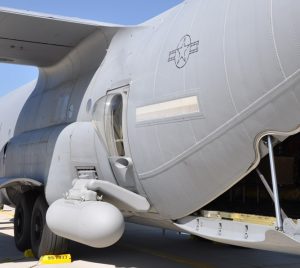
From USNI News:
“MSI funds four separate projects between the United States and the Philippines this year, costing nearly $42 million.
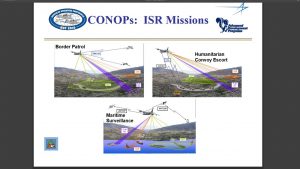
First, to assist Filipino military and law enforcement organizations, a maritime and joint operations center support project will “provide automatic identification systems (AIS) sensors, communications-network enhancements (software and hardware), and training to increase and strengthen the command and control (C2) relationships among the individual capabilities of the Armed Forces of the Philippines (AFP), the Philippines Coast Guard, and the Philippines National Coast Watch Center (NCWC).”
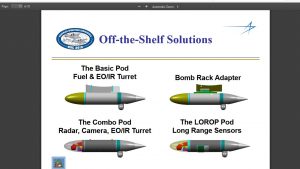
The Navy’s Space and Naval Warfare Systems Command (SPAWAR) will oversee the biggest part of this project – equipment upgrades for the three organizations to create a common operating picture, worth nearly $15 million. The Maritime Domain Awareness Common Operating Picture will bring in new hardware and software, Automatic Identification System (AIS) receivers, encryption devices, communications gear and more.
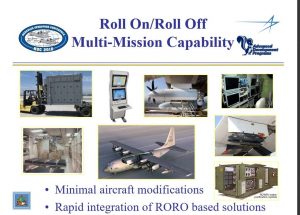
A team led by U.S. Pacific Fleet – with members from the Naval War College, U.S. 7th Fleet, Navy headquarters and more – will train and assess the Armed Forces of the Philippines on “analyzing information collected at fusion centers and preparing it for review by decision makers and international partners.” The assessment will take place in the coming months, during a bilateral Cooperation Afloat Readiness and Training (CARAT) exercise in June and a multilateral Southeast Asia Cooperation and Training (SEACAT) exercise in August. The results will help inform future investments the Pentagon may make in future MSI projects, according to the document. PACFLEET will send similar assessment teams to work with Vietnam, Malaysia and Thailand.
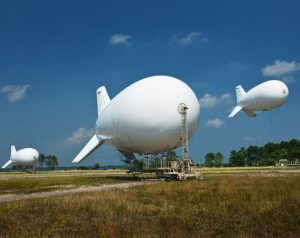
Second in the summary of projects is a maritime intelligence, surveillance and reconnaissance (ISR) improvement project worth nearly $18 million. Naval Air Systems Command (NAVAIR) will oversee the bulk of this program, providing a Tethered Aerostat Radar System with long-range detection and monitoring capabilities to help the Philippines “detect maritime and air traffic within its coastal waters.” The aerostat will detect traffic within 90 nautical miles of its location in Puerto Princesa Palawan, Philippines, and it will feed information back to the military and law enforcement’s common operating picture.
“The project also includes a manned maritime patrol aircraft (MPA) palletized ISR kit to be installed on a previously purchased C-130 aircraft, as well as two roll-on/roll-off mission suite pallets, costing $8.7 million.
“This ISR suite of equipment rapidly configures standard C-130 aircraft for tactical signals intelligence, providing capabilities that identify, geo-locate, and report communications intelligence and signals of interest to air and ground-component commanders,” according to the document.
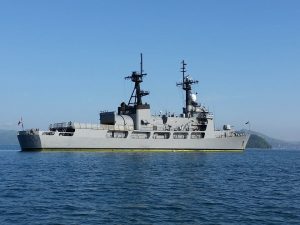
In a third program, Naval Sea Systems Command (NAVSEA) will help determine what command, control, communications, and computers (C4) may be needed for Hamilton-class high- endurance cutters the Philippines bought from the U.S. Coast Guard under the Excess Defense Articles program”.
The MSI – which is part of the US initiative to counter China’s influence in the region – has a total US$425 million funding for a period of five years.
According to the USNI News report ” FY 2016 projects, costing about $50 million, are meant to help the Philippines, Vietnam, Malaysia, Indonesia and Thailand increase maritime security and maritime domain awareness, while also working with Brunei, Singapore and Taiwan on training and headquarter-level integration.
— Malaysian Defence
If you like this post, buy me an espresso. Paypal Payment

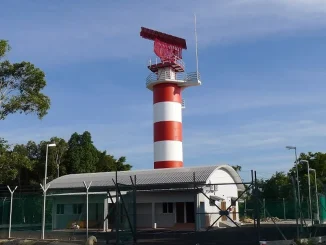
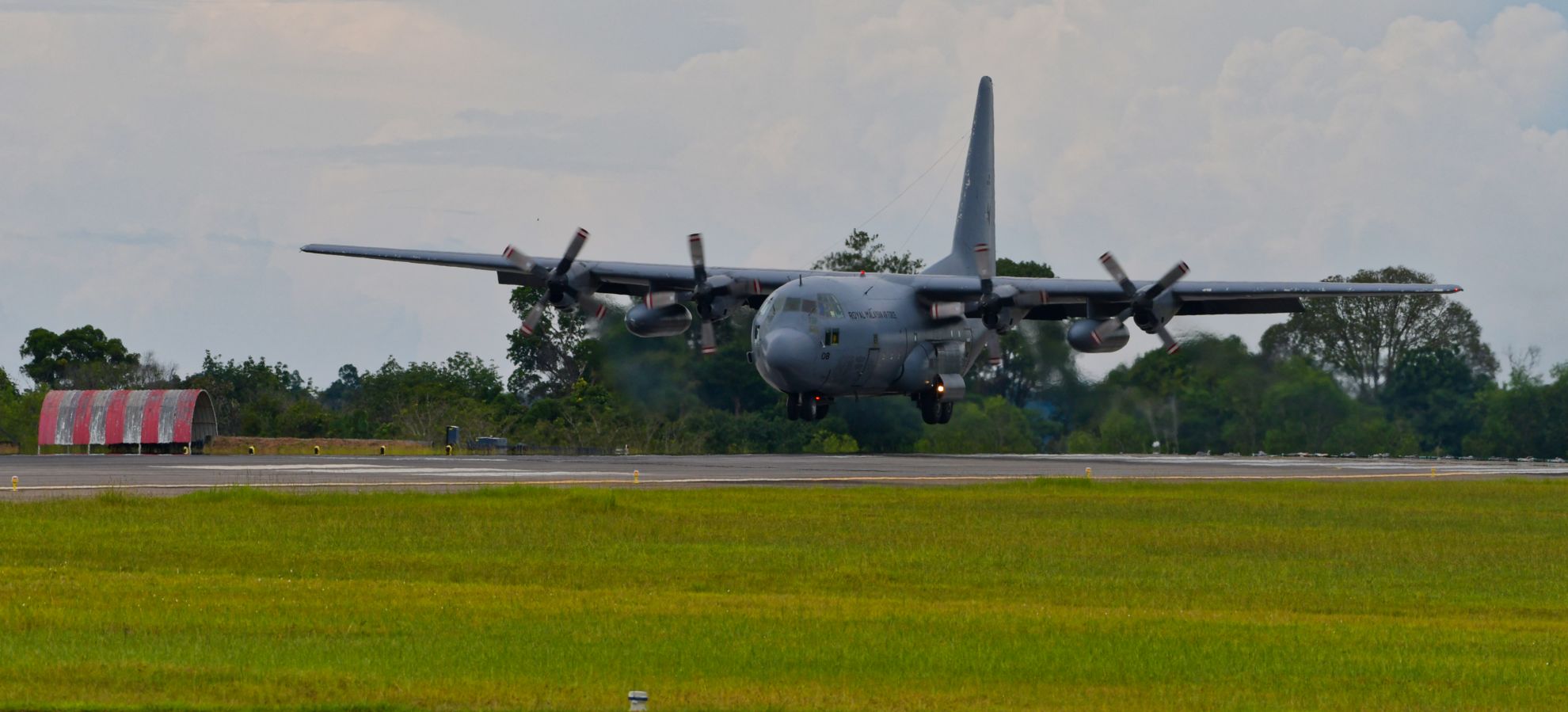
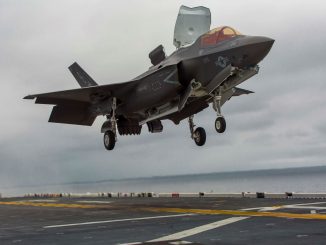
Two palletised MPA/ISR kit for just usd 8.7 million? That is cheap. Lets wait to see what equipment it is from (nice pdf screenshots from hercules operators conference BTW). Then we could buy it through FMS. That would give us an intrim MPA/SAR capability until a proper mpa can be bought. To the airforce chiefs, put the mrca wet dream aside 1st, this low cost mpa kit would contribute more to the defence of esscom, South china sea than a few token mrca could.
The RMAF needs additional fast jets. Once the Fulcrums go; maintaining enough jets on readiness whilst also having enough for training or unexpected contingencies will [to put it mildly] be a huge challenge. As you well know, at any one time, ‘x’ number of jets will also be undergoing squadron or depot level maintenance. 18 new air frames [I say 18 because it’s the most we can realistically afford] may be a ”token” but it makes a big difference [with regards to training, keeping up with the times and other factors]; especially when taking into account we don’t have a lot of fast jets to begin with.
Yes we could go for a low end solution [i.e. the Ta-50] but going down this route could further result in the bean counters further delaying an MRCA buy [similar things have happened in the past]. The RMAF also [unfortunately] has to worry not just about ESSCOM and events in the South China Sea but also other possibilities; irrespective of how remote they are.
The ”secure communications and an expanded Malaysia Armed Forces common operating picture” is badly needed and long overdue. Just as important as the hardware [actually more so] is the need to improve our C3 and the ability of the 3 armed services to operate jointly and have a ”common picture”. Yes we have made some progress towards ”jointness” but if countries like the U.S. France and Britain still have ”jointness” issues; imagine the issues the MAF has.
Reply
Compentencies is also important. While RMAF and RMN has worked together pretty well, the Army has to work hard to catch up when it come to jointness.
This palletised ISR kit probably has more SIGINT/ELINT capabilities than your average MPA; at least the type of MPA we’re likely to acquire. Off course I’m going on the assumption that apart from a standard surface search and FLIR; that the MPA will also have an ESM. For our needs ISR gear might not be very useful in ESSCOM as we probably already have the ability to jam phones and gave RDF gear : the problem is that the goons doing the kidnappings and intrusions have very basic comms gear to start with.
Using ESSCOM as an excuse, ISR gear [which no doubt be useful in the Spratlys] could also off course be use to keep tabs on a ”neighbouring” country. But hold on; we already have VERA, which to all intents and purposes is a land based ESM and SAAB has already been contracted to deliver an ”electronic surveillance payload” to the MAF
With regards to ”jointness”; competency is one thing; willingness another. As to be expected, turf guarding is still an issue; which happens not only in the MAF but elsewhere. By right, the most promising should go to the Joint HQ but off course their commanders will be extremely reluctant to lose their best people to the Joint HQ; which I’ve been told has also been the destination of those placed under cold storage and those just passing time till retirement. Ultimately, achieving proper ”jointness” takes not only the required will and funding but also having the right mindset.
Marhalim,
Can you confirm as latest sighting yesterday showed that the Jamil Aspide is still intact regardless the Otomat which is already removed and the Gempita also showing it fangs, four MM-38 box launcher.
Reply
To confirm what actually? Yes, the launchers are still there.
Equipment aside, what kind of platform that we’re looking to install these equipment on? I’d imagine our Beechcraft is too small while I don’t really prefer losing one (or two) of our Herc for ISR duty.
Maybe CN-235s could be used as impromptu ISR aircraft until proper MPA is bought
Reply
We are not getting any so there is any no issue at all. Any how the Hercules is used as MPA already on ad-hoc basis without any additional sensors. Even if we did buy the ISR kit these things could be taken off within 24 hours so we are will not be losing anything but adding capability.
Given the South China Sea drama we will be getting a lot of good stuffs from everyone (US,PRC, etc).Thanks US taxpayers,Mr.Obama, and PRC taxpayers, Mr.Xi . Hopefully, we will get more good stuffs for ESSCOM. I am totally happy for ATM and 1MDB! Syabas!